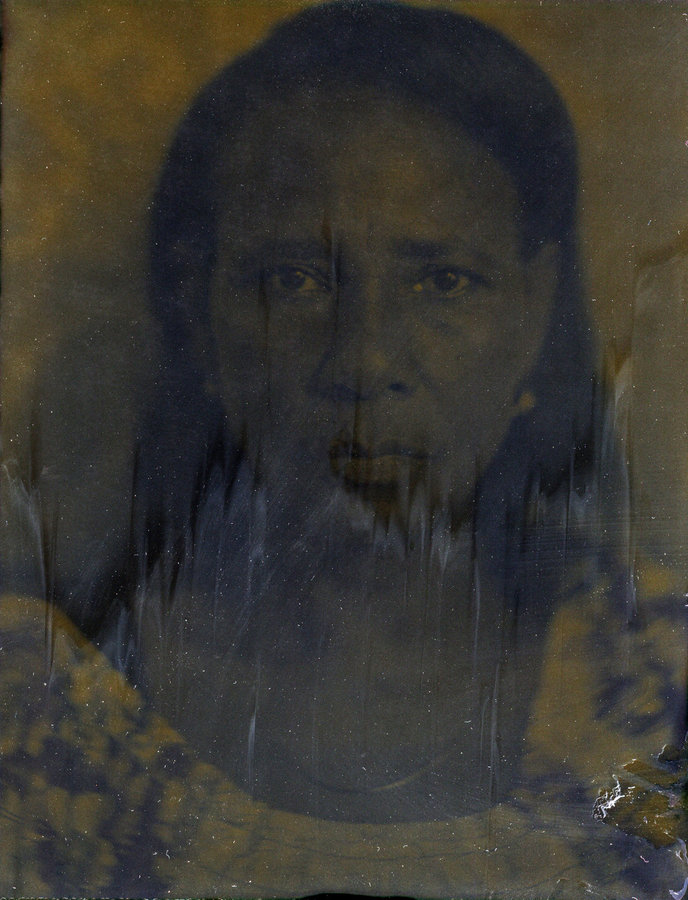Soon after I arrived in Baracoa last year, I met the folks living in the house at the foot of Mariana Grajales. Sweeping down the hill from the main part of town, the street named for an iconic figure in Cuban history leads to the “chocolate factory that Che built,” excursions to El Yunque, and eventually the pot-holed and rutted road to Moa.
I met Milena, a 15-year-old eager to try out her English, hanging on the corner with her friends. Through her, I met her abuela (her grandmother) and her great-grandfather, and a number of other people in and out of the open door or sitting on the porch of their small pink house.
Walking nearby one day, caught in one of Baracoa’s hourly January downpours, I was ushered inside by her abuela out of the rain. I spent time at the house watching Cuban baseball with her great-grandfather and eating peanut butter cookies topped with dollops of jam, freshly baked by her abuela.
I had my Mamiya 6 with me at the time, still working on my series of Cuban street montages. One day, Milena showed me an album of her quinceañera photos and asked if I would take some pictures of her. It never worked out because of the constant rain, and perhaps some misgivings on her part. But I left Baracoa with the strong desire to return, to take portraits of the people living amidst the extravagant natural beauty surrounding this 500 year old town at the eastern tip of the island.
A year later I was back. I had decided to take portraits with my 4x5, using a 19th century petzval lens and Fuji instant peel-apart film. The plan was to give folks the instant prints and I’d keep the negatives to scan.
I soon realized that, other than street photography, I don’t photograph people I don’t know. The whole idea suddenly felt awkward and false. Compounding my difficulties was a tripod that kept falling apart, where the head and camera would get wobbly and teeter off the legs.
This story is, in part, about how the best laid plans… But it’s also a story of generosity and good fortune and success beyond what I imagined in the three portraits I took of the family in the house at the foot of Mariana Grajales.



Photography is magic. Not because of the technology that reproduces reality but because of the unexplainable and unforeseen ways in which it reveals realities you didn’t realize were there. In the case of portraits, the subject’s past and future along with the readily apparent present. The positive-negatives suggest and reveal much more than the positive prints, and much more than real life, even as they challenge our eyes to discern the image.
As a viewer you have to work harder than usual to see what they show, working through the darkness and the chemical goop that obscure. If you look beyond the surface what you’ll find, what I find, is a portal through which it seems a person’s soul can be glimpsed, and a dignity that a regular photo — and our culture’s facile premium on looks and likes — is often too much in a hurry to take in. It might be silly to think of it in this way, but how could a typical photo portrait find the dignity of the sitter in a mere fraction of a second — 1/60, 1/125, 1/500 — that these photos take 2 to 3 seconds to see?
with music!
https://medium.com/vantage/the-house-at-the-foot-of-mariana-grajales-41334419db50